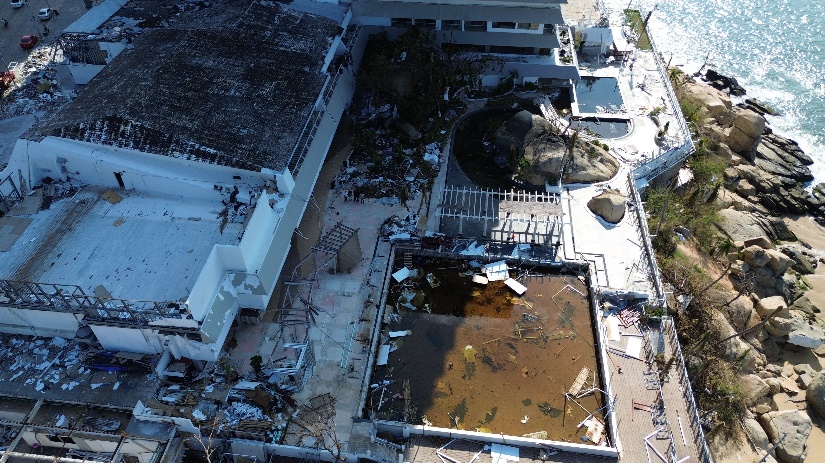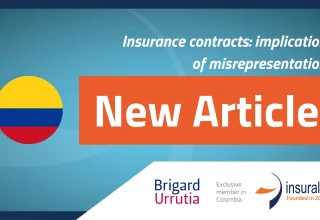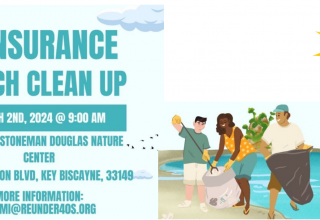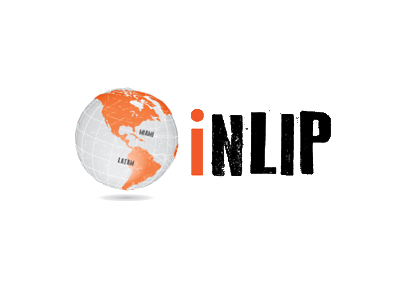
Alluding the recent impact of Hurricane Otis in the coast of Acapulco, Mexico, we at Advanta found paramount to go over our previous white paper about the use of technologies to assess extended damage due to a natural catastrophe, such as the one referenced. One of the common challenges faced by front coast hotels, is assessing the Loss of Sand due to tides and storm surges. The correct calculation of volumes of sand displaced by the strength of the waves during the passage of Storms and Hurricanes represents an opportunity to comply with the Indemnity Principle whilst at the same time guaranteeing the satisfaction of Insureds. The key to achieving both, lies in technology and expertise.
As we observe enormous buildings severely affected by the force of nature, as well as videos and photos on TV News showing a desolated scenario in Acapulco after the hit of Hurricane Otis, we recall how coastal hotels frequently face the challenge of assessing the quantity of sand lost from their beaches following the devastation caused by a Hurricane. This is one of the coverages with sublimits contracted by many beachfront hotels and some properties.
The quantity of lost sand is crucial in ascertaining the amount to be claimed following a loss event and could even be a more interesting alternative for reaching an adequate sublimit in insurance policies.
As we have discussed in previous articles, point cloud volumetry and photogrammetry tools can provide an accurate and efficient solution for estimating the loss of sand from hotel beaches following a catastrophic loss event such as a Hurricane.

Sand is an essential resource for the coastal hotel industry, since the beaches are a key attraction for tourists. After a Hurricane, the loss of sand can be so massive that it impacts both, the hotel infrastructure as well as the visitor experience. Therefore, having a precise methodology to quantify the loss of sand is essential for the correct presentation of the claim to insurance loss adjusters.


Point cloud volumetric calculation is a technique that uses data gathered by either a terrestrial laser scanner or a drone fitted with a LiDAR sensor to generate an accurate three-dimensional representation of the surface. In the aftermath of a Hurricane, the affected beach can be scanned so as to capture the current topography. This point cloud data allows the volumes to be calculated so that before and after the event comparisons can be made.
Photogrammetry is another valuable tool for calculating the loss of sand from hotel beaches. This consists of taking aerial or terrestrial photographs of the beach and using mathematical algorithms to get a 3D reconstruction of the topography. Specialised software programmes can process these images and generate digital elevation models (DEM) that accurately represent the surface of the beach. By comparing the DEM before and after the Hurricane, the exact quantity of lost sand can be calculated.
The use of point cloud and photogrammetry volumetric calculation technology affords several benefits for calculating the loss of sand from hotel beaches following a Hurricane. These include:
- Precision: Both methods render highly accurate results, allowing a reliable assessment of the loss of sand and the subsequent presentation of the claim to the Loss Adjuster.
- Efficiency: Photogrammetry and point cloud volumetric calculation tools permit a rapid collection of data as well as an efficient processing, speeding up the analysis and allowing the results to be shared with the expert assessors.
- Visualisation: The 3D visual representations provided by these tools assist the comprehension and communication of the results between Insurers, Reinsurers and interested parties.
Nonetheless, it is important to bear in mind certain considerations when employing these technologies. The availability of specialised teams and experts in the gathering and processing of data can be a challenge. Furthermore, weather conditions and access to the affected areas can impact upon data collection, requiring some careful planning.
In recent storm related events in the Caribbean, Advanta has successfully used these technologies ascertaining the loss of beach due to hydrometeorological phenomenon, resulting in a correct evaluation and an adequate indemnity for the volumes affected. It is important to mention that collecting data and describing affected assets is essential, as much as the post processing of images and composition of 3D models. While a team is processing information in office, the field adjusters are collecting data and refining the extent of loss, resulting in a fast and reliable solution for insurers who can update their reserves and have an almost “live” knowledge of the extent of damage.
We would point out that this technology is also very useful for volumetric losses such as those of bulk stored materials such as Rice, Corn and Cocoa for insurable risks of this type, as well as Cement and Aggregates in plants and mines. Hence, its application extends to an infinity of materials and products.
Authors:
Iván Castro is part of the Advanta Loss Adjusters team that provides support in handling claims for Nat Cat loss events on a global scale.
José Miguel Varela is a loss adjuster and Advanta America Office Director.
Related articles: Advanta breakfast and forum 2024 Miami (re) Insurance Week













